Thirlestane: A majestic 16th century castle being saved by heroic by 21st century efforts
John Goodall looks at the ongoing saga of sustaining Thirlestane Castle in Berwickshire through the centuries.
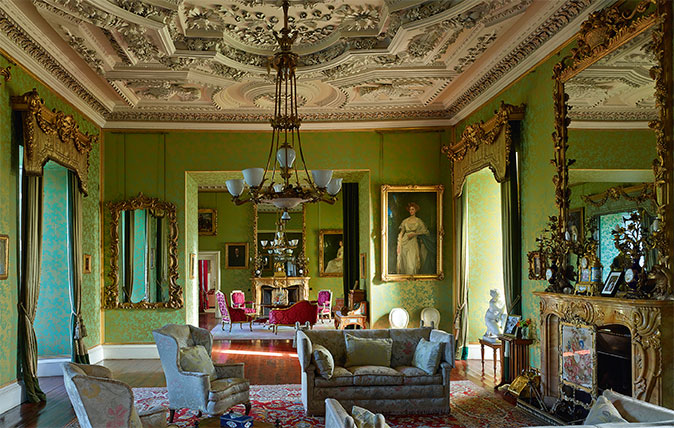

There have been Maitlands at Thirlestane since the mid 13th century. The family formerly occupied what is today a ruin about two miles from the present castle at Old Thirlestane. This became the seat of the so-called Barony of Blyth, which was constituted by charter in 1563/4. The foundation of Thirlestane Castle followed some 30 years later at the hands of Sir John Maitland.
In the 1580s, he enjoyed a brilliantly successful Court career and was appointed to the offices of Secretary of State, Keeper of the Great Seal and Chancellor of Scotland. Sir John bought the Barony of Blyth from his father in 1581 and added to it, in 1586/7, an adjacent plot of land called Castlehill.
This was probably the site of a 12th-century castle and — more certainly — the site of an artillery fort built in 1548 by the Duke of Somerset (and demolished two years later). His intention was almost certainly to create a new residence here and work to this was presumably under way when, in 1590, he was created Lord Thirlestane at the Coronation of Anne of Denmark as James VI’s queen. Lord Thirlestane’s castle forms the core of the present building.

It was laid out on a rectangular plan with a drum tower at each corner and a series of smaller turrets rising up the sides of the building. In The Border Towers of Scotland 2 (2014), Alastair Maxwell-Irving points to a depiction of the building on a 1590s map by T. Pont as evidence that it had conical roofs on the towers and some kind of tower above the entrance front. It was designed with services in a vaulted basement and with its principal apartments on the first floor.
Work to the new castle was almost certainly completed in 1593/4, when a new charter united all Lord Thirlestane’s possessions and dignified them as the free lordship, barony and regality of Thirlestane. The castle would be next transformed after the paroxysm of the Civil Wars in the 1670s by his grandson, the Earl and later Duke of Lauderdale. Born in 1616, Lauderdale was a formidable scholar and bibliophile with particular interests in history and theology.
Lauderdale played a prominent role in Anglo- Scottish relations during the 1640s and joined Charles II in the disastrous invasion that culminated in the Royalist defeat at Worcester. He was captured after the battle, but his loyalty brought him power following Charles II’s return to England in 1660.
During the course of the ensuing decade, Lauderdale established himself by degrees as the effective regent of Scotland. He exercised his authority in the kingdom through a sequence of allies, but his power really depended on personal access to Charles II and his presence at Court in England.
Sign up for the Country Life Newsletter
Exquisite houses, the beauty of Nature, and how to get the most from your life, straight to your inbox.
To his many critics, he appeared vindictive, self-serving and — latterly — insufferably arrogant. He also seemed coarse and the diarist Samuel Peyps recorded the aside that ‘he had rather hear a cat mew than the best music in the world’.

From 1669, Lauderdale became intimate with the recently widowed 43-year-old Elizabeth Murray, Countess of Dysart. She evidently retained her looks, having been a celebrated red-haired beauty in her youth. More importantly, she was a figure of keen intellectual interest with extravagant tastes and was the owner of Ham House, Surrey, where Lauderdale began to spend considerable periods of time.
To her detractors she was avaricious, manipulative and power-hungry. Lauderdale’s infatuation with her alienated his wife, Anne, and seems to have effected a deep change in his interests. For example, he had never shown any particular concern with building.
On August 6, 1670, however, a contract with the King’s Mason Robert Mylne for the alteration of Thirlestane heralded just over a decade of intense architectural patronage that would absorb at least £34,000. This would include work at Ham House, Lauderdale’s Scottish properties at Lethington and Brunstane and his Whitehall apartments, not to mention the remodelling of Holyrood Palace in Edinburgh. A fresh assessment of this patronage has appeared in the collection of essays, Ham House (2013).
At Thirlestane, Robert Mylne’s subsequent bills demonstrate that he completely reordered the main façade of the castle, adding to it a pair of short wings terminating in towers or pavilions. These enclosed a ballustraded terrace with a new front door approached up a central stair.
A forecourt with corner turrets was created in front of the terrace and, to either side of this, were laid out kitchen and stable courts. The designer and overseer of the new building was Sir William Bruce, a cousin of the Countess of Dysart and the apostle of Scottish neo-Classicism. On June 3, 1671, some months after work began at Thirlestane, he secured the post of Surveyor of the Royal Works in Scotland through Lauderdale’s interest.

He began to oversee the reconstruction of Holyrood Palace (Country Life, August 15, 2012) besides other building projects for Lauderdale and other members of the Scottish nobility. A stream of surviving letters — analysed by John Dunbar in The Archaeological Journal (1975) — describes the progress of work to Thirlestane. Early in 1671, Lauderdale began to discuss the reorganisation of the castle interior. The basement vault was to be removed and a new great chamber created on the first floor. At Lauderdale’s instruction, this was shortened to accommodate an antechamber at the head of the principal stair.
At the same time, Lauderdale began collecting fittings for the interior, reporting his purchase of six chimneypieces in a letter dated April 4, 1671. These were ‘finer than any I see in England… I lighted on them by chance in ane Italian merchant’s hand’.
The importation of materials and craftsmanship from England and the Continent was a recurrent theme of the building work. In February 1671, a ship, Anna, sailed to Rotterdam with coal and returned with materials not only for Thirlestane, but for the concurrent Scottish building projects of Lauderdale’s political allies. These included ‘basterd marble’ for the front steps; Lauderdale considering real marble both too expensive and slippery for use at his principal castle.
On May 4, 1671, Lauderdale wrote to his brother about plans to bookend the castle with a second, library cross-range. He cheerfully described it as ‘a new whimsy for enflaming the reckoning at Thirlestane Castle’ and explained that it would make the house look uniform from the gardens to the north and south.
Sensibly, however, he determined to delay embarking on this addition: ‘I will not begin it till the other work be finished, but being ingadged knockledeep in morter I fear I shall be up to the elboes (if I leive) before I have done with it.’
In a letter of June 27, 1671, Lauderdale approved ongoing work to a new avenue between the castle and the town of Lauder, its trees brought from Holland. He also gave instruction for the plastering of all but the state apartments. The treatment, contracted with the English plasterer Thomas Alborn, was to be ‘plaine with a handsome moulding above the hangings’ and in low relief so as to ‘loose as little of the hight of the roomes as is possible’.
Mylne had largely completed his masonry contract by October 1671, although not before he was berated for slow work (he was otherwise wildly overcommitted to private and royal contracts).

Lauderdale’s career reached a triumphant apogee in 1672. In quick succession, he married the Countess of Dysart, was created Duke of Lauderdale and became a Knight of the Garter. Over the summer, the newlyweds visited Thirlestane and, the following December, sent up hangings, pictures, a fireplace and doorcases from their London houses.
The visit also prompted new initiatives, including the reconstruction of Lauder church in 1673. Lauderdale also directed that the pavilions of the house be heightened lest ‘I shall never endure the front of my house’. Specialist craftsmen were now brought in to complete Thirlestane to the highest standard.
George Dunsterfield, who came to Scotland at government expense, created the superlative plaster ceilings of the first-floor rooms. These were largely finished by January 1676, but he returned over the winter of 1676–7 to finish the staircase. Fireplaces were installed over the winter of 1676–7 and two joiners from Ham House — Heinderich Meinners and John Christian Ulrich — worked on the wainscoting of the house from 1677.
By this time, Bruce had fallen from favour with Lauderdale and, from 1676 to 1679, Johan Slezer, a German military engineer, oversaw the work. Slezer engraved two views and two plans of the building in his great illustrated volume Theatrum Scotiae (1693). These give a good idea of what the house must have looked like, but — confusingly — the work they illustrate was, in some points, never completed.
In the late 1670s, the Duke’s political hegemony began to fracture. He continued to develop plans for Thirlestane nevertheless and, on December 3, 1681, he finally contracted to build the eastern pavilions overlooking the river. The work was, however, interrupted by his death.
Immediately afterwards, his widow and brother entered into an acrimonious legal dispute over his enormous debts. She removed all the furniture from Thirlestane to Ham House and the Dukedom became extinct. In the following century, Thirlestane underwent important further changes.
The 7th Earl of Lauderdale demolished the forecourt and his successor naturalised the approach to the house across the park. It was not until the 1840s, however, that the building assumed its modern form. Under the direction of the architectural partners David Bryce and William Burn — their exact relationship in the work remains unclear (Country Life, August 18, 1983) — the main façade was widened with new wings and flanking towers.

Meanwhile, the central tower was raised up and the whole outline of the building enlivened with new turrets and roofs. The interior was adapted to 19th-century needs with a large new dining room and drawing room. Aside from the splendid decorative plasterwork, little of the 17th-century decoration survived.
The 1840s work at Thirlestane was dogged by difficulties. Burn wrote to his patron: ‘In all my experience I have never seen, or encountered… one [building] which presented so many difficulties or exhibitied such an extent of insufficiency, decay and danger.’ His comments might have been equally applied to the more recent experience of Thirlestane’s owners.
In 1972, the castle passed to the grandson of the 15th Earl, the 30-year-old Capt Gerald Maitland Carew. He confronted an intimidating task of restoring a disintegrating building: the central tower was collapsing and there were 40 outbreaks of dry rot. Supported by his wife, Rossie, he assumed the task of repair and opened the house to the public. Initially, she organised the tea room and shop, in which she often served, and also developed the local voluntary group Friends of Thirlestane, without whom the castle could not have functioned.
In addition, the Historic Building Council was persuaded to contribute £300,000 to the repairs between 1978 and 1982. Despite this support, the maintenance of the castle was beyond the means of the estate. In 1984, therefore, most of the building and all its contents were placed in the hands of an independent charitable trust, which was endowed by the National Heritage Memorial Fund (NHMF). The family kept one wing in its ownership (there are no lease or occupancy arrangements, but shared covenants regarding maintenance and insurance). By this means, a dynamic three-way relationship was established: the family remained directly involved in the house, the endowment removed the overwhelming financial burden of the repairs and the independent charitable trust has brought into the management of the property a real breadth of experience. Such was the success of this solution that it has since been applied to other houses, including Burton Constable and Hopetoun.
The key to the success of this model is the continuing close family involvement in the castle, which began with Capt Maitland- Carew’s verve, commitment and enthusiasm, and has been continued by Edward and Sarah Maitland-Carew. The NHMF endowment was intended to last for a generation and, more than 30 years on, new sources of capital and revenue funding are required to sustain Thirlestane.
This is the challenge that has now been passed to Mr and Mrs Maitland-Carew. Besides hosting weddings and events, they have opened an apartment for hire within the castle and there are plans to open more. They have also organised a ‘fine dining experience’ in the state rooms. Their enthusiasm for this astonishing building promise to secure it for the 21st century.


John spent his childhood in Kenya, Germany, India and Yorkshire before joining Country Life in 2007, via the University of Durham. Known for his irrepressible love of castles and the Frozen soundtrack, and a laugh that lights up the lives of those around him, John also moonlights as a walking encyclopedia and is the author of several books.
-
 The King's favourite tea, conclave and spring flowers: Country Life Quiz of the Day, April 22, 2025
The King's favourite tea, conclave and spring flowers: Country Life Quiz of the Day, April 22, 2025Tuesday's Quiz of the Day blows smoke, tells the time and more.
By Toby Keel
-
 London is the place for me* (*the discerning property buyer)
London is the place for me* (*the discerning property buyer)With more buyers looking at London than anywhere else, is the 'race for space' finally over?
By Annabel Dixon
-
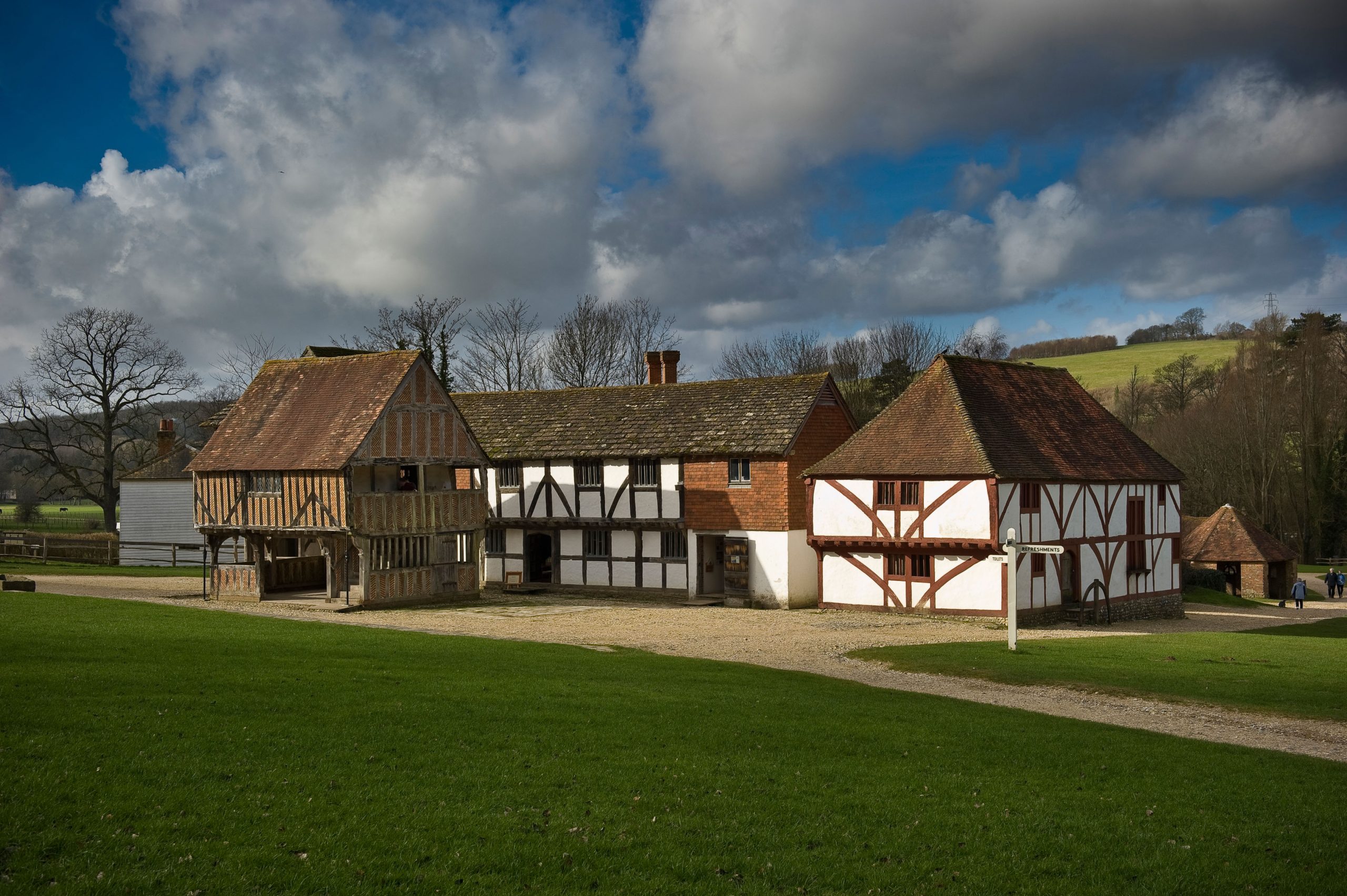 Things to do: Music in the gardens, the buildings of the Weald & Downland and a circus at the cathedral
Things to do: Music in the gardens, the buildings of the Weald & Downland and a circus at the cathedralKeep your diary up-to-date with our selection of unmissable events and things to do in the next few weeks.
By Country Life
-
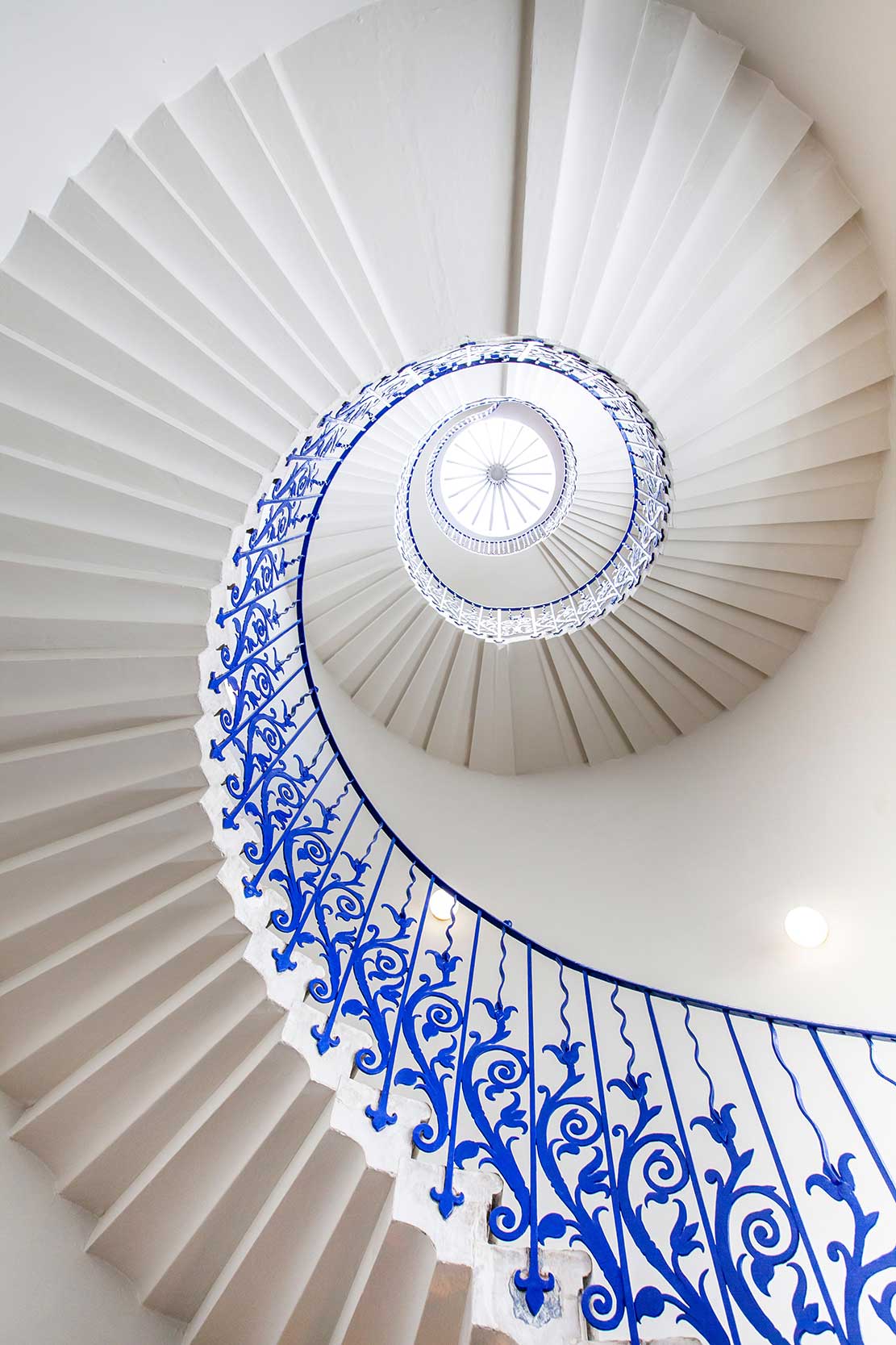 Why Britain's finest attractions need visitors like never before — and those who go will be rewarded: 'You are likely to never see them so quiet again'
Why Britain's finest attractions need visitors like never before — and those who go will be rewarded: 'You are likely to never see them so quiet again'A huge drop in visits to the best museums, zoos and houses in Britain has prompted calls for an extra day's holiday at the end of summer to help us all enjoy them.
By Annunciata Elwes
-
 National Trust considers partial car ban in the Lake District
National Trust considers partial car ban in the Lake DistrictThe National Trust is looking at banning car use in some parts of the Lake District, particularly around Scafell Pike.
By Carla Passino
-
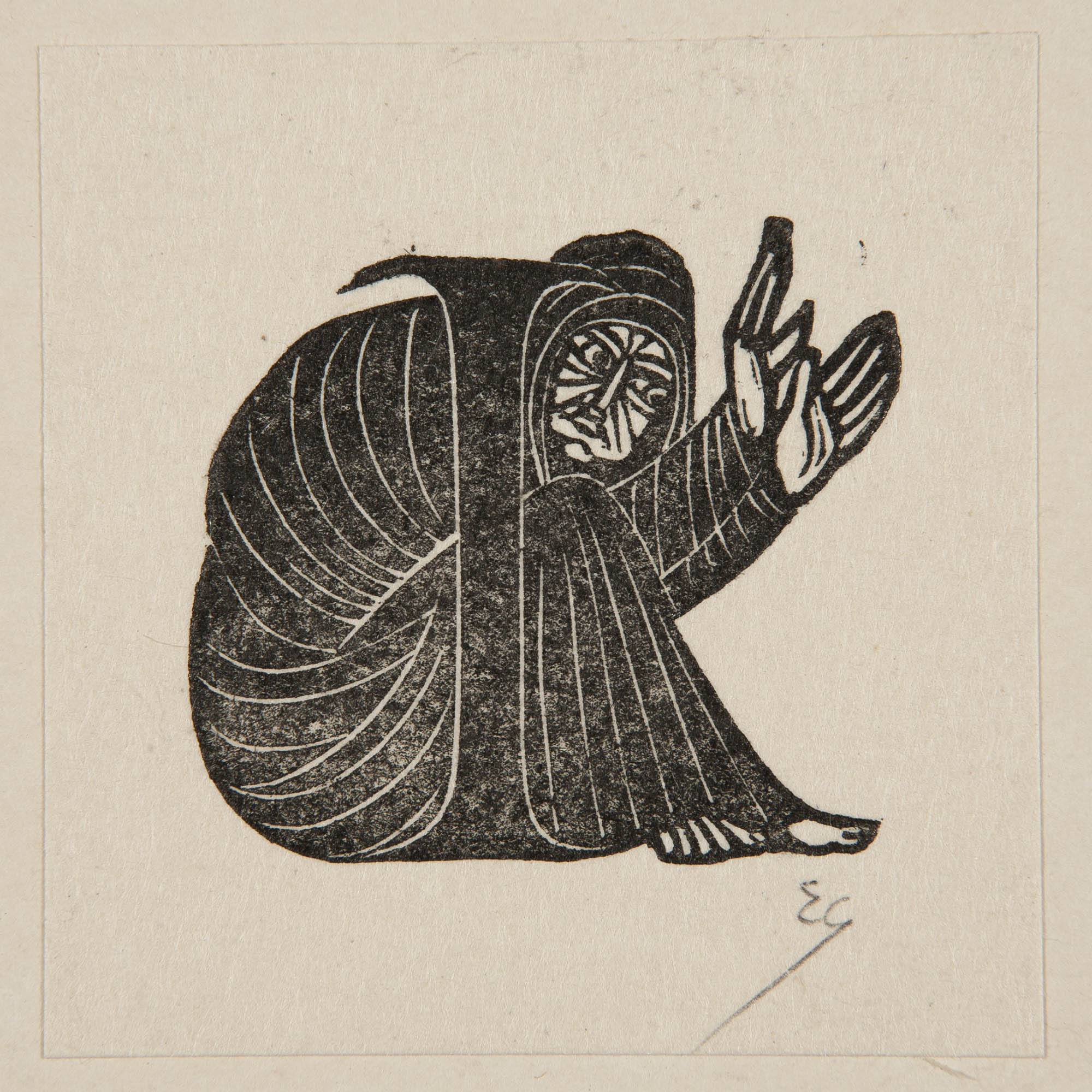 A spooky museum exhibition in Bristol full of exhibits to send a shiver down your spine
A spooky museum exhibition in Bristol full of exhibits to send a shiver down your spineA museum in Bristol is putting on a show called 'Do you believe in magic?' which, should you answer in the negative, will do its very best to change your mind...
By Annunciata Elwes
-
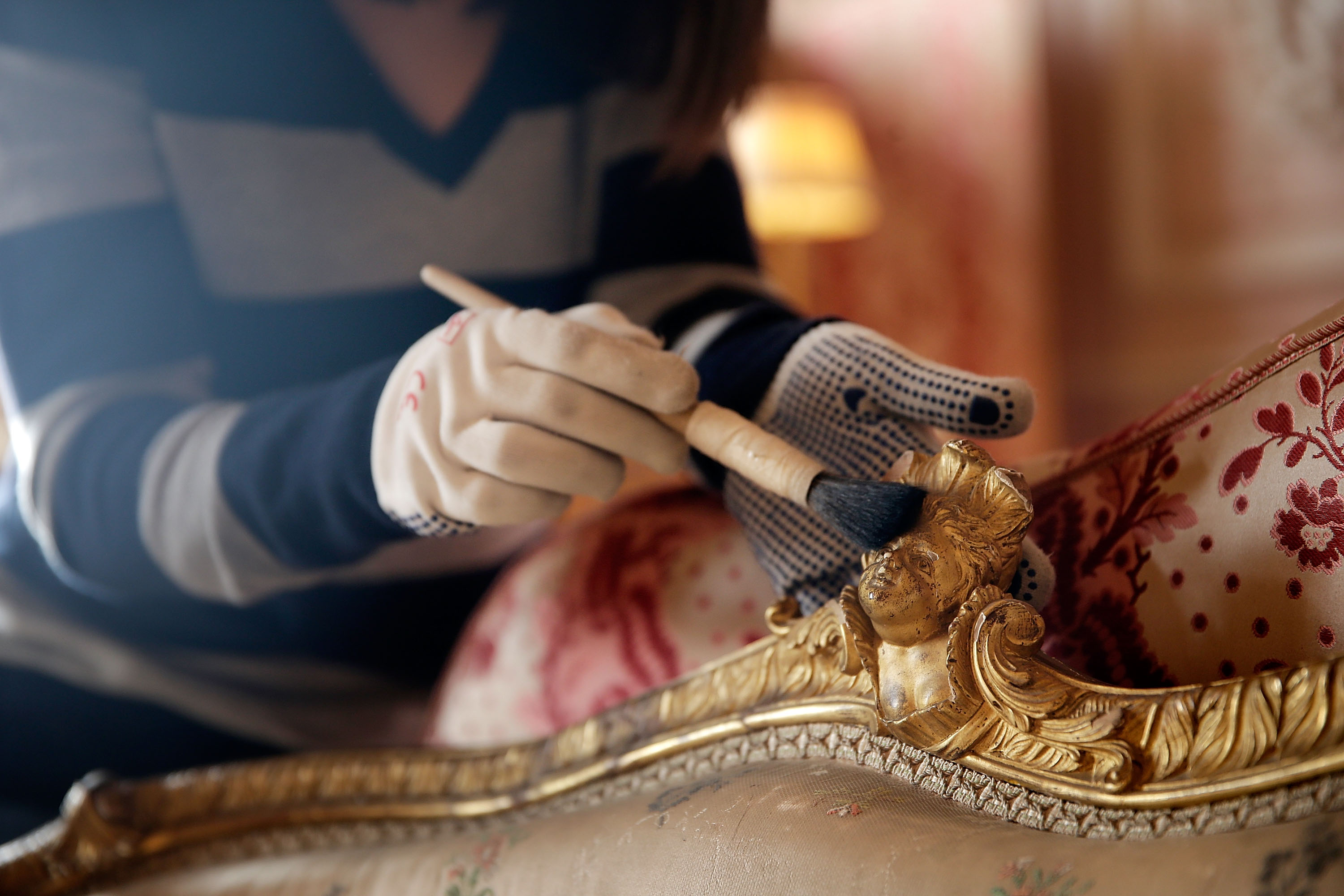 How Waddesdon Manor gets transformed into a Christmassy wonderland
How Waddesdon Manor gets transformed into a Christmassy wonderlandWaddesdon Manor is gearing up for Christmas, with 3,000 baubles, 30,000 lights and more than a dozen Christmas trees to decorate the home over the festive period.
By Annunciata Elwes
-
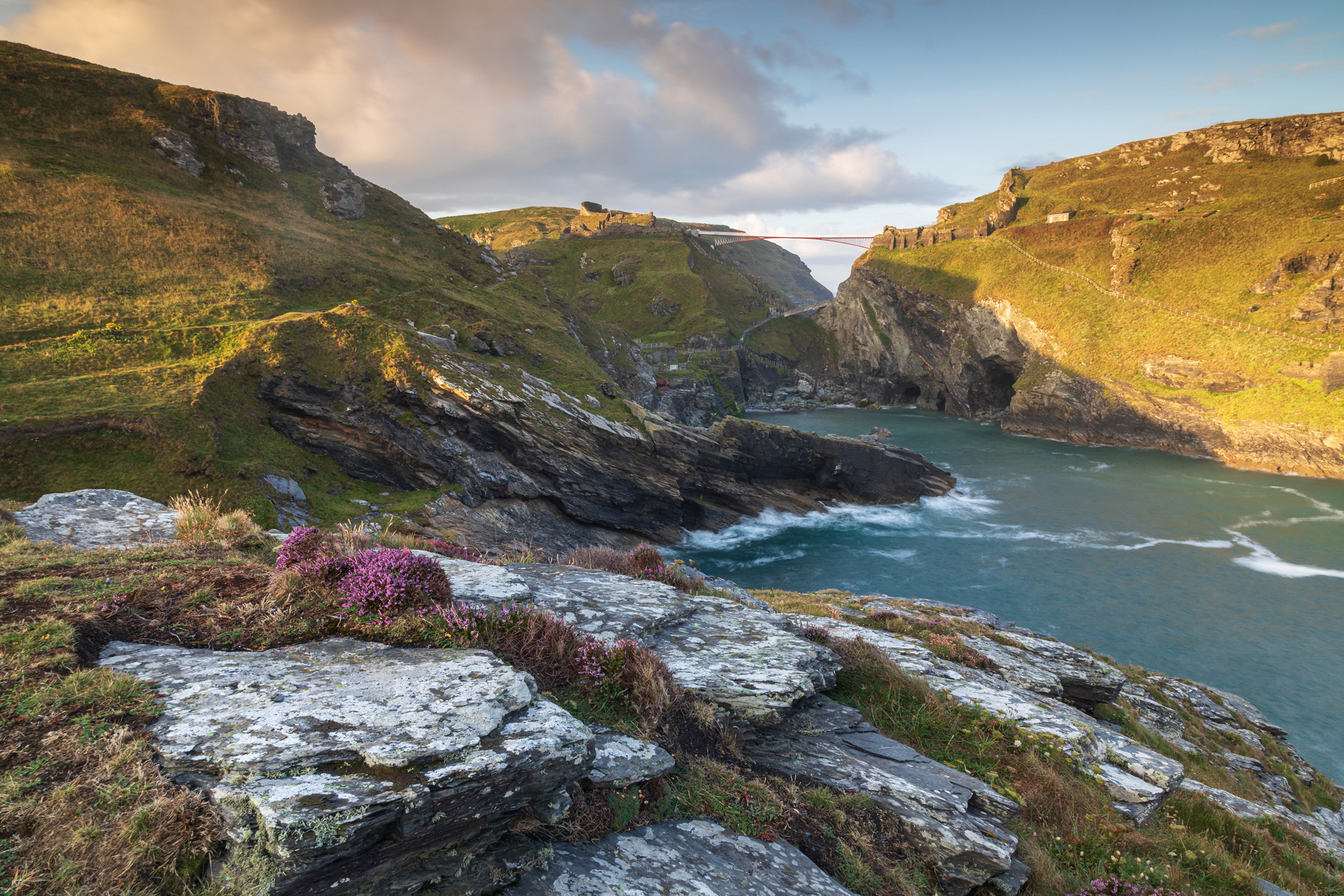 Tintagel's new bridge: Dramatic, contentious and finally open to visitors
Tintagel's new bridge: Dramatic, contentious and finally open to visitorsThe new bridge has opened at Tintagel Castle in Cornwall, one of the most dramatic spots in Britain, and a place whose history is deeply entwined with tales of Arthurian legend. Carla Passino reports.
By Carla Passino
-
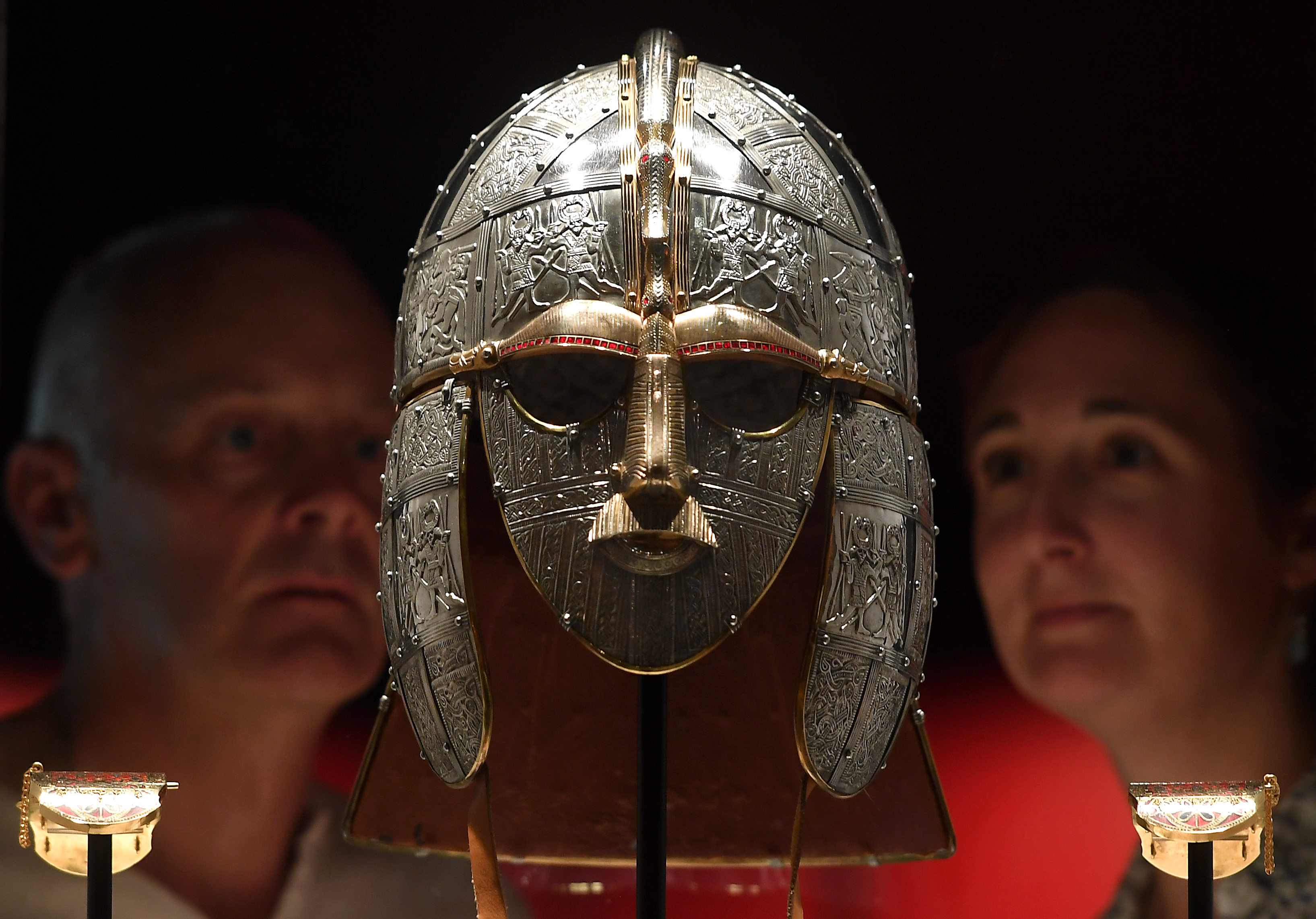 Sutton Hoo's £4m transformation from 'boring heaps of earth' to a place that gives a 'tingle in the hairs on the back of your neck'
Sutton Hoo's £4m transformation from 'boring heaps of earth' to a place that gives a 'tingle in the hairs on the back of your neck'Sutton Hoo is famous as one of the greatest archaeological finds in history — but has become infamous for its dullness as a visitor experience. The National Trust has now put that right.
By Toby Keel
-
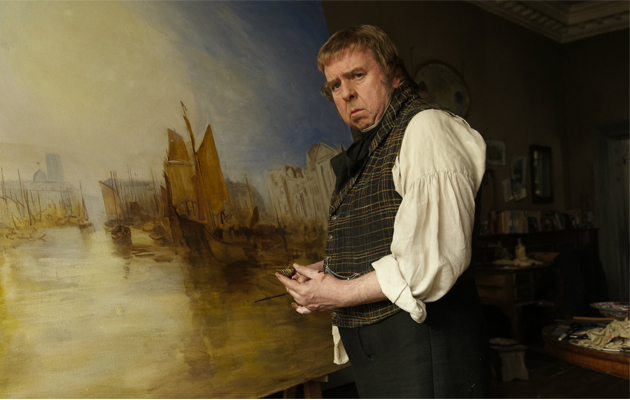 Famous film locations to visit
Famous film locations to visitCelebrate the best of the silver screen with these film-inspired days out for the family.
By Agnes Stamp